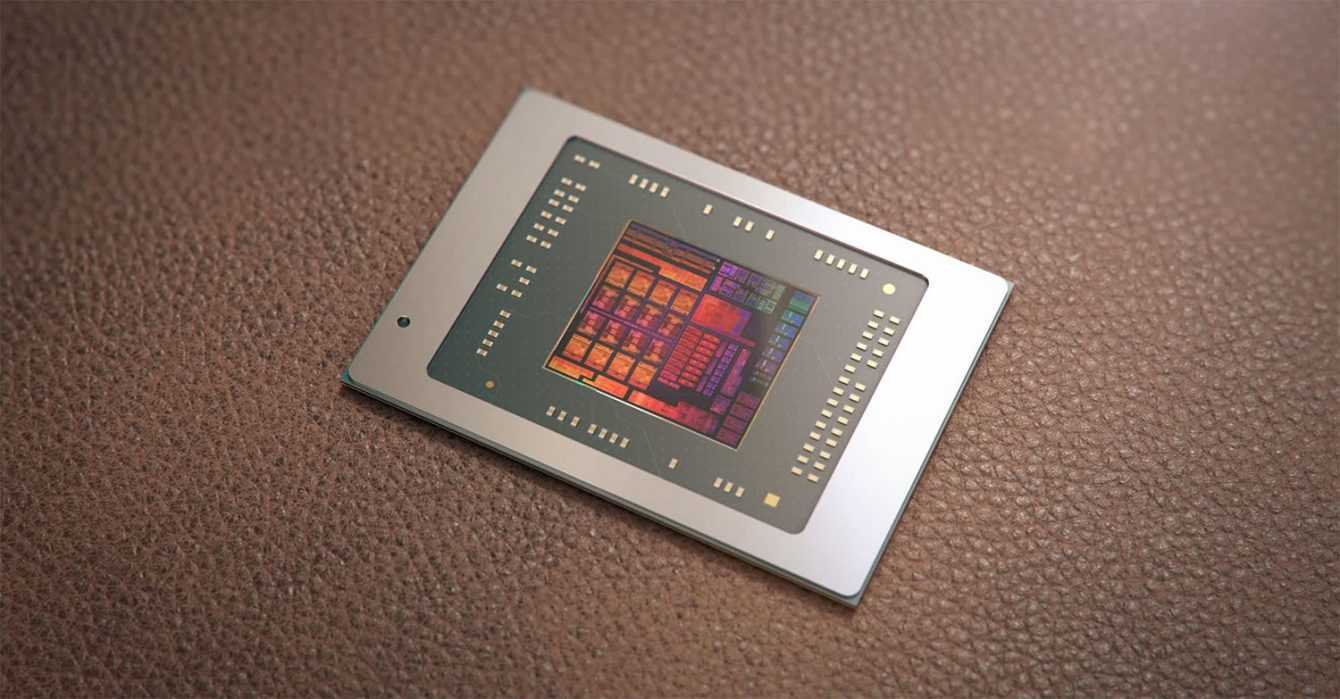
AMD is also reportedly working on a new generation of heterogeneous cores. A recently registered patent testifies to this. AMD’s big.LITTLE technology, however, could arrive in a long time with the hypothetical Ryzen 8000
As we all know, Intel will soon present the first desktop and mobile solutions based on di a hybrid CPU architecture. The inspiration is Arm’s big.LITTLE technology (now refined with DynamicIQ technology) which integrates high-performance cores with high-efficiency cores in the same CPU to combine power consumption and performance. However, it seems that the choice to use heterogeneous cores can also significantly increase the performance of the entire system, at least according to Intel. AMD has been a bit reluctant on the subject though and it doesn’t seem to have a heterogeneous CPU launch in the near term. In any case, AMD’s “big.LITTLE” would still be in development for the Ryzen CPUs of the future.
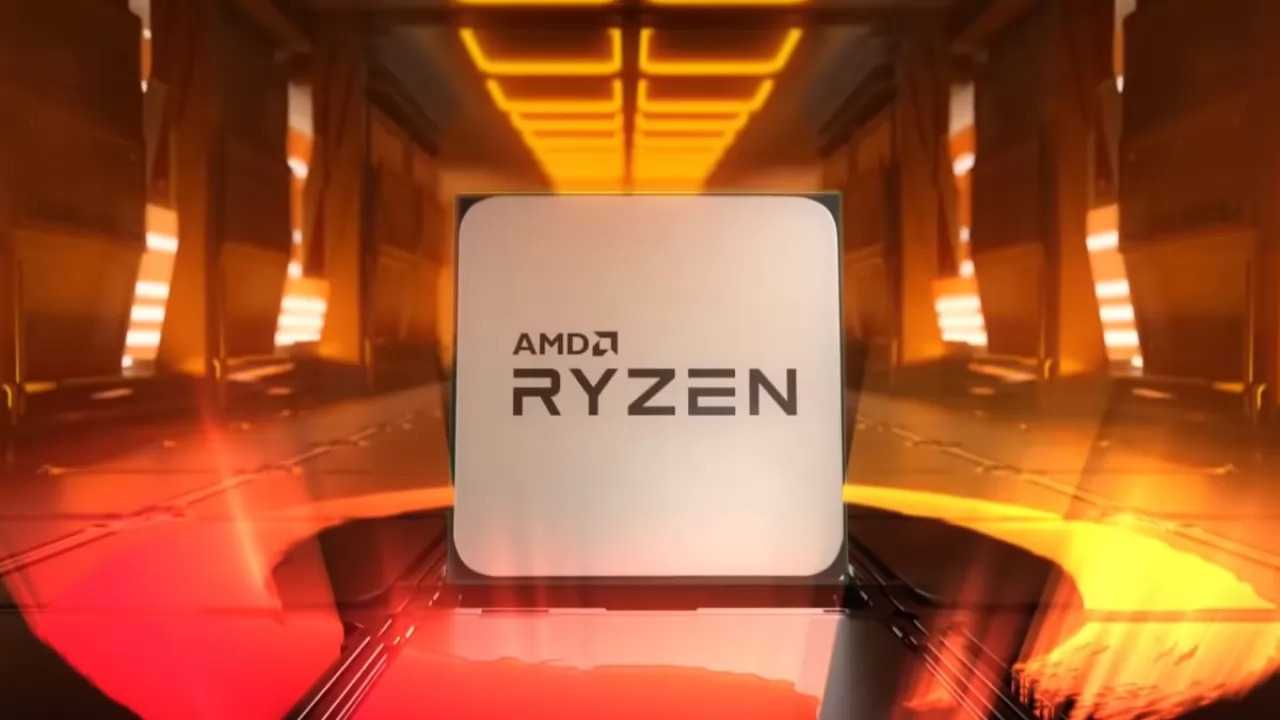
AMD big.LITTLE: check the patent
After a very rapid increase in frequencies first and then in the number of cores in the CPUs, the increase in performance will necessarily have to go through other paths to obtain tangible benefits in the passage from one generation to the next and certainly AMD’s return to the crest of the wave with its Ryzen 5000 is a great thing because the competitiveness with Intel is now very high and the battle has become a head to head. Certainly the new avenues for innovation include new production processes, advanced packaging and interconnection technologies and even heterogeneous architectures.
While AMD hasn’t really confirmed that it is working on a generation of CPUs with heterogeneous cores, the rumors coming from the Videocardz site put a flea in our ear. A new code name “Strix Point”, which should be associated with AMD Zen5-based APUs, and an interesting patent.

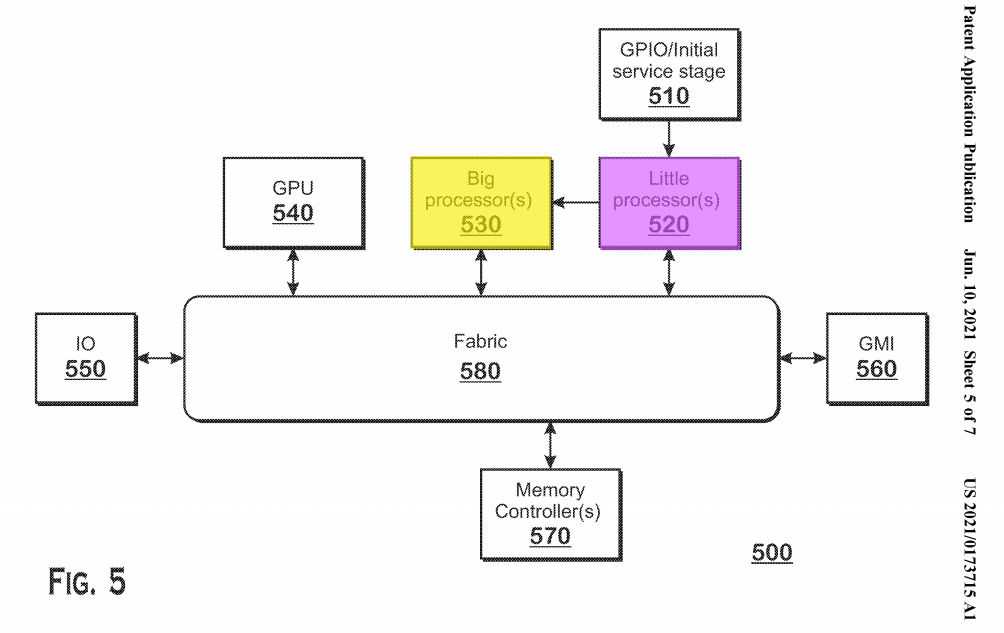
The patent application
Just two days ago, a patent application from AMD was published titled “task transition between heterogeneous processors“. This patent was originally filed in December 2019, which suggests that AMD has clearly been working on this technology for a long time. The patent application allows covers a very important engineering problem in heterogeneous architecture, namely how to plan and transition activities between different types of cores. In fact, to take advantage of this type of architecture, it will be necessary to review the traditional scheduling algorithms which assume that all cores have the same resources available.
In short, AMD describes that the CPU will transfer tasks between the different cores based on one or more metrics. These include task execution time, memory usage, direct memory access, and an average idle state metric. Basically the algorithm will assign the task to a high performance core or a low performance core by evaluating these metrics in order to obtain maximum performance with minimum consumption. Clearly, this is not a very detailed description, but it should provide a brief idea of what is discussed in the patent, which has not yet been approved.

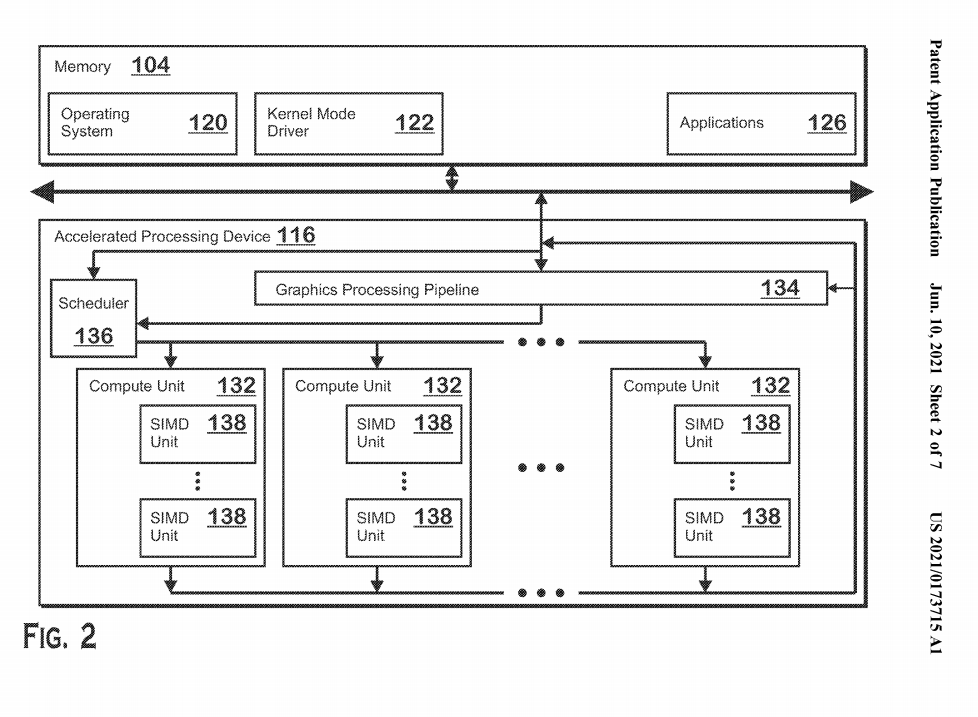
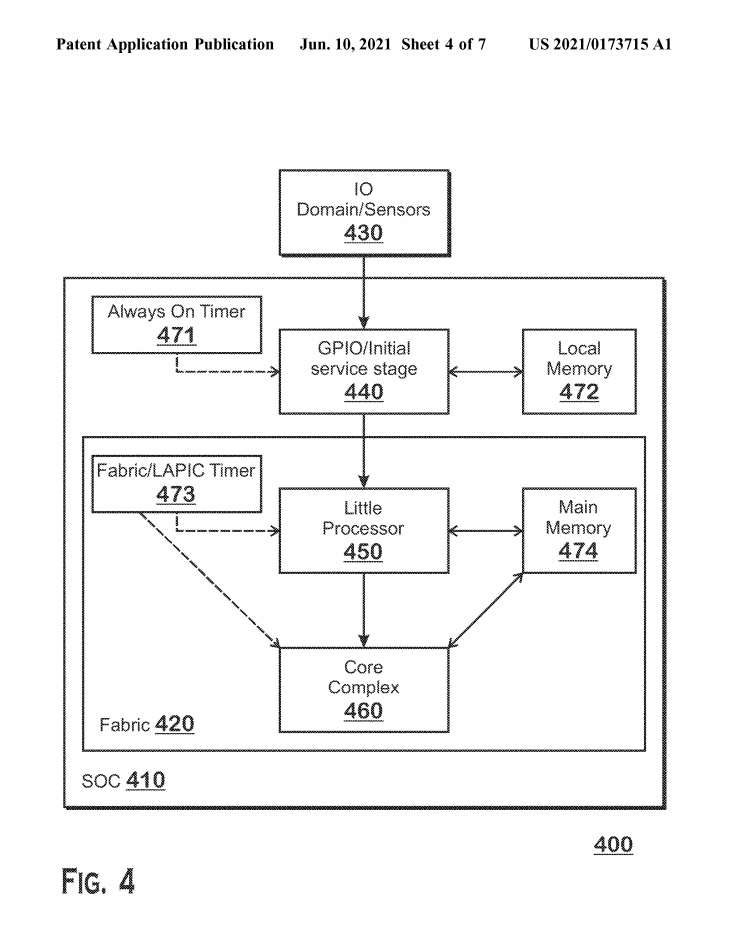
AMD Ryzen 8000 Strix Point: la prima architettura con AMD “big.LITTLE”?
Right now, it is believed that the Ryzen 8000 “Strix Point” series will be the first from AMD to implement a heterogeneous architecture with 3nm Zen5 cores combined with Zen4D – the alleged low-performance cores – on a single chip. At the moment we do not know if there is also a variant of desktop CPU (codenamed “Granite Ridge”) with heterogeneous architecture since Strix Point refers to APUs. It is worth noting that when AMD’s heterogeneous CPUs / APUs become available, Intel will already have its Alder Lake architecture on the market for some time. In fact, it is likely that AMD’s first hybrid CPUs will compete with Alder Lake’s successor, codenamed Raptor Lake and therefore not before 2022.
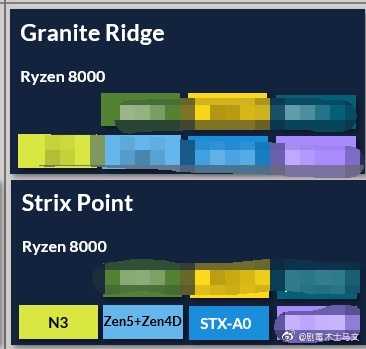
AMD has stated in the past that there is currently no need to use a hybrid architecture in desktop CPUs, so it is likely that it will start in the mobile segment. The delay on Intel is however reasonable given that the Santa Clara house has been experimenting with both high-performance and low-performance cores for some time we’ve seen in action on some low-end PCs or tablets. In addition, Intel has already preliminary experimented with a hybrid architecture with Lakefield, presented last year, which combines a high-performance Sunny Cove core and four Tremont cores in the same chip. Of course this was a very unripe version, with big limitations and poor application success, but the new Alder Lakes seem to be of a completely different kind. AMD, on the other hand, has never diversified its CPU offer so much, focusing everything on the Zen architecture which it then declined in various ranges.
However, it is not just a matter of putting two different architectures on the same die, the real challenge will be to optimize task execution to take advantage of this hybrid architecture. In fact, the CPU must be able to understand which processes need a high computational bridge and which do not dynamically and to manage everything efficiently. Not a small challenge, especially if we take into account that it is necessary to reduce the overhead to a minimum. Who knows if AMD’s “big.LITTLE” technology will arrive late or at the right time, when new scheduling algorithms such as the one described in the patent application will already be established. That’s all from the hardware section, keep following us!
L’AMD article “big.LITTLE”: does a Ryzen 8000 patent appear? comes from allotek.











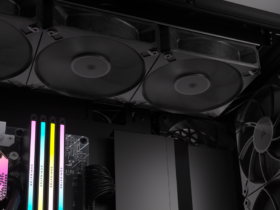
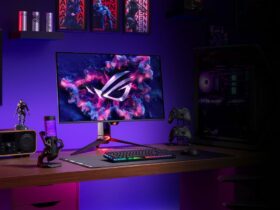
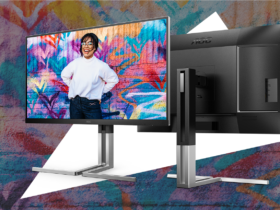

Leave a Reply
View Comments